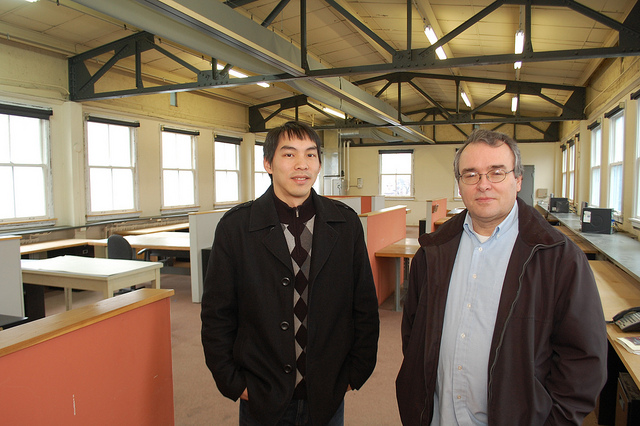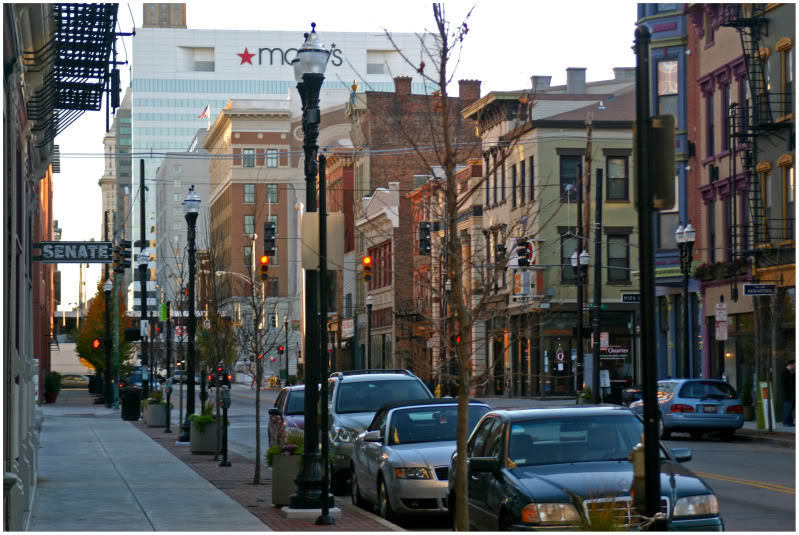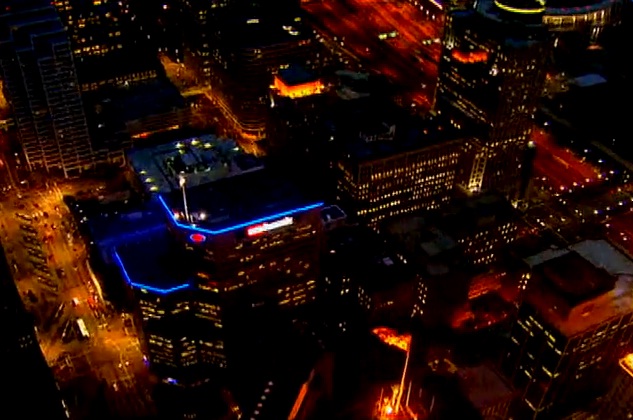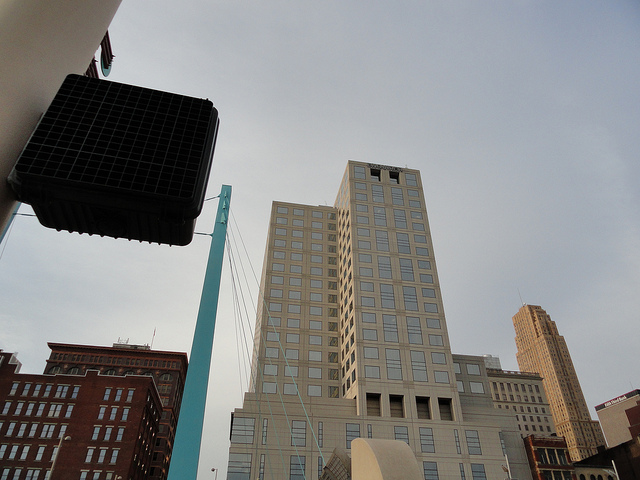[This story was originally published in the Cincinnati Business Courier print edition on March 4, 2011. Visit the original story for more comments, thoughts and opinions on the growing coworking community in Cincinnati – Randy.]
This April Cincy Coworks will move from its current 750-square-foot office space in DeSales Corner to space nearly three times as large nearby in Walnut Hills. The move marks the continued growth of Cincinnati’s coworking environment, and one that will allow the region’s first coworking group to increase its full-time membership from six to eighteen.
Coworking first arrived in Cincinnati in June 2010 when Cincy Coworks began operating out of Venue 222 in Over-the-Rhine. The coworking concept allows for freelancers, and others who may work without a formal office space, to access office space without taking on the burden of a lease. Instead the lease is shared through the membership fees.
“Before I found Cincinnati Coworks I was actually thinking about looking for a traditional job because I was so tired of working at home,” explained freelance writer Michelle Taute. “I’m much more productive working at Cincinnati Coworks. It’s a great atmosphere for bouncing around ideas.”
According to an industry survey, the number of global coworking spaces has doubled from approximately 350 at the beginning of 2010, to more than 650 at the beginning of 2011.
The new Cincy Coworks space at 2400 Gilbert Avenue will include dedicated desk space, free off-street parking, two conference rooms, a kitchen area, a roof-top terrace and additional common space.
“In this economy there are a lot of people who are trying to do their own thing, or trying to do their own thing on the site and one of Cincy Coworks’ main purposes is to help support those endeavors,” explained cofounder Gerard Sychay. In addition to the office amenities for self-employed professionals, he says that the concept also breeds creativity.
“I have been wanting to do my own iPhone app for a while, but I didn’t know many programmers before I joined the space,” said Taute who is working on an app project with two others. “We all meet in the space, and it’s exciting to work on a self-directed project with all the key areas covered – programming, content and design.”
Most of the group’s members consist of freelancers, entrepreneurs and telecommuters doing everything from writing to web development. Those who join then have 24-hour access to the office space and have the ability to book the space for special events.
Cincy Coworks is charging $250 for monthly memberships until April 15, and will then charge $300 per month after the move. Sychay says that drop-in and part-time memberships are also available.
There are two other active coworking spaces in the Cincinnati region including Working Side by Side in Glendale and The Offices in Lockland.
Cincy Coworks photograph by UrbanCincy contributor Thadd Fiala.







